The 20 Coolest Cloud Infrastructure Companies Of The 2020 Cloud 100
Cloud infrastructure is now defined by technologies that can span the public-private divide. Here are 20 cloud infrastructure companies that are leading in that new world.
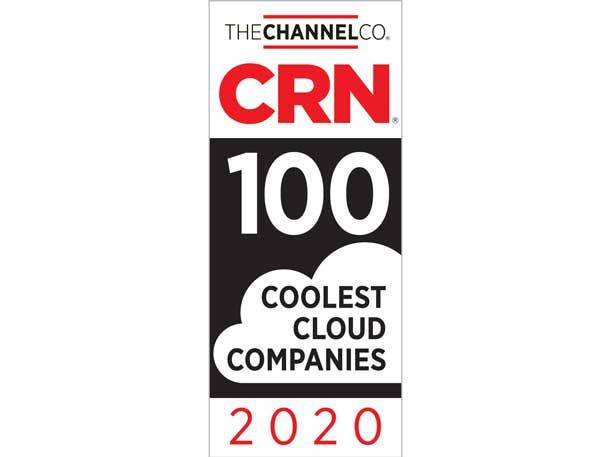
20 Coolest Cloud Infrastructure Companies
The early years of the industry’s shift to cloud were preoccupied by a debate between two competing modes for deploying that infrastructure. Infrastructure-as-a-Service providers like AWS argued there would be an inevitable and nearly total exodus of workloads to public cloud as enterprises realized the advantage of ditching their data centers. Old-guard stalwarts such as VMware countered private cloud would likely remain the preferred hosting model, as many enterprises would never surrender control of their crown jewels.
They were both wrong. AWS and VMware first illustrated that point when they struck a joint-development partnership. And in the past year, both providers have re-emphasized the pre-eminence of hybrid cloud with new offerings that further stretch into the other's domain.
It’s clearly a hybrid world, and cloud infrastructure is now defined by technologies that can span the public-private divide. Here are 20 cloud infrastructure companies that are leading in that new world.

Alibaba
Daniel Zhang, CEO
The Chinese e-commerce giant has grown to be the world’s fourth largest public cloud provider. But despite investments in North America, Alibaba still faces geopolitical headwinds in its bid for American multinationals doing business in Asia. Alibaba Cloud has seen upgrades such as super-computing and bare-metal instances and a cloud-native relational database service.

Amazon Web Services
Andy Jassy, CEO
AWS has maintained its perch atop the public cloud infrastructure market it pioneered but now acknowledges most enterprises are likely to adopt hybrid infrastructure in the years ahead. With Outposts, an on-premises AWS server that seamlessly integrates to the public cloud, AWS recently made its first foray into the corporate data center.
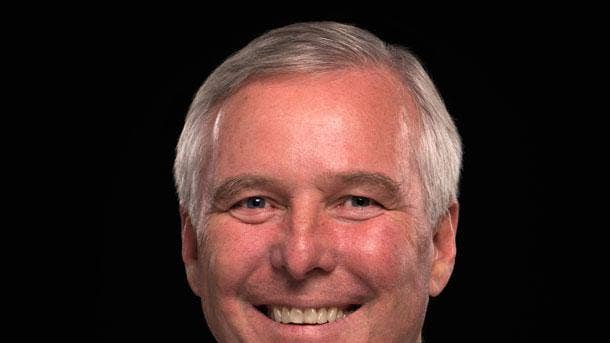
CenturyLink
Jeffrey Storey, CEO
CenturyLink has leveraged its global network to ink cloud partnerships with companies like VMware, IBM and Google, and now is investing in an edge strategy that puts that fiber to work delivering to enterprises low-latency hybrid cloud services from more than 100 locations across the U.S.
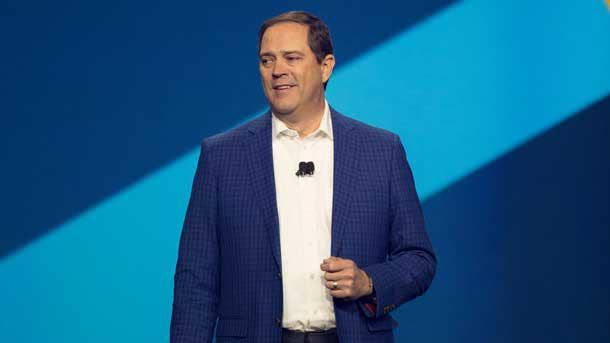
Cisco Systems
Chuck Robbins, CEO
Cisco has leveraged its market-leading networking business to become an important player in enabling deployment of hybrid infrastructure. It has partnered with leading hyper-scalers while offering HyperFlex as a hyperconverged solution for the corporate data center. Cisco’s software-defined networking portfolio helps customers span those environments.
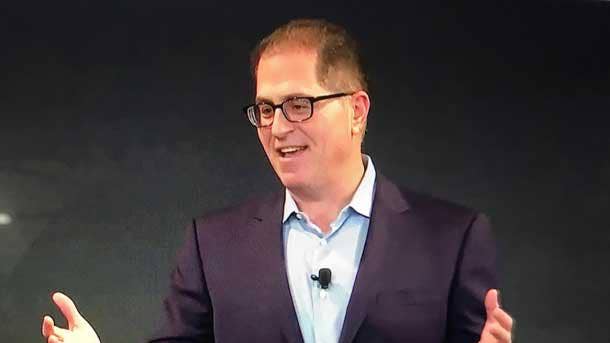
Dell Technologies
Michael Dell, CEO
When it acquired EMC, Dell became an infrastructure behemoth with a diverse portfolio of cloud offerings many offered in cooperation with VMware. On the hyperconverged front, Dell is out ahead with VxRail. Building off that market leadership, Dell recently unveiled its new hybrid Dell Technology Cloud Platform built on VxRail.

DigitalOcean
Yancey Spruill, CEO
Ease of use, simplified pricing models and an embrace of open-source cloud technologies make DigitalOcean a niche public cloud provider that is highly popular with developers. Now the company is looking to leverage the channel for its next phase of growth.
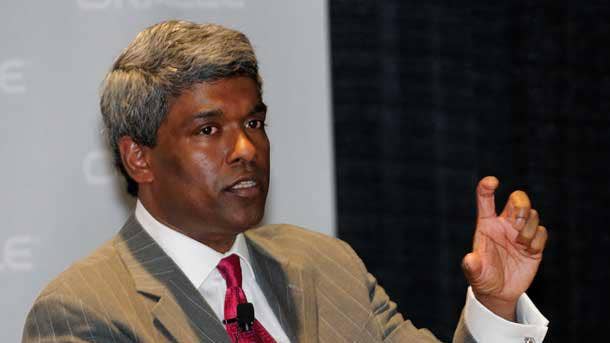
Google Cloud
Thomas Kurian, CEO
Google’s cloud infrastructure business remains in third place among the hyperscale triad. But the internet giant looks to differentiate its offering with data analytics and AI capabilities, while leveraging Kubernetes, a technology spawned within its walls, to span hybrid environments—and into competing ecosystems—with its Anthos platform.
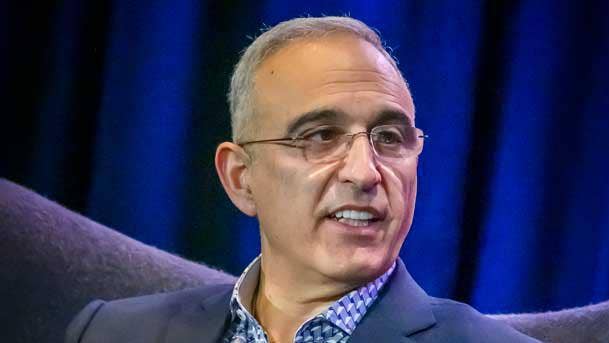
Hewlett Packard Enterprise
Antonio Neri, President, CEO
HPE is innovating with several models for delivering on-premises hardware that enables hybrid cloud capabilities. HPE GreenLake offers flexible capacity as a consumption-based on-premises cloud. HPE also has become an important hyperconverged player through SimpliVity while betting big on composable infrastructure offerings that allow resources to be provisioned with code.
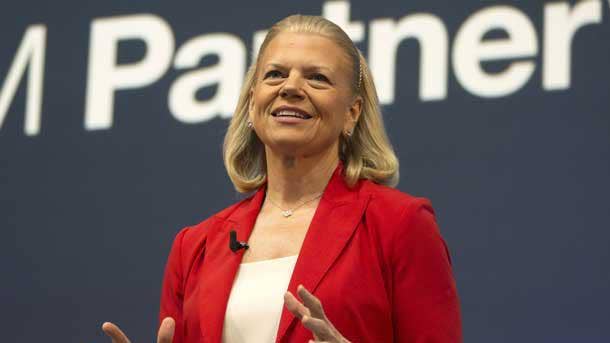
IBM
Ginni Rometty, CEO
IBM operates a large public cloud and is a leading private cloud vendor. With those two arrows in its quiver, IBM’s cloud infrastructure focus is now all on hybrid. It is looking to leverage synergies with its Red Hat subsidiary—and its leading position in the Kubernetes market—to offer a portfolio of hybrid capabilities.

Lenovo
Yang Yuanqing, CEO
Lenovo is betting on an Everything-as-a-Service approach to infrastructure that delivers data center, edge and IoT technologies through a cloud model. As part of the shift to consumption-based IT, Lenovo introduced TruScale Infrastructure Services, an on-premises offering that bills for electrical consumption and doesn’t require customers to purchase their equipment.

MassiveGrid
Bill Stoidis, CEO
MassiveGrid aims to woo large enterprises in highly regulated industries with a 100 percent uptime SLA. The provider also offers turnkey services, high-performance instances and large network capacity to customers running mission-critical workloads. A partnership with Jelastic complements those offerings by giving developers a container-based Platform as a Service.

Microsoft
Satya Nadella, CEO
Microsoft is looking to chase down AWS by leveraging its own unrivaled legacy software business and comprehensive portfolio of cloud services. Microsoft’s massive install base imparts the company with a big advantage as it converts those customers not only to the Azure public cloud, but its Azure Stack hybrid platform.

Mirantis
Adrian Ionel, CEO
Mirantis has carved out a niche providing OpenStack to telecoms and integrating Kubernetes into Mirantis Cloud Platform. Now having acquired Docker’s enterprise business, Mirantis is positioned to become a major player in the all-important container arena.

Nutanix
Dheeraj Pandey, CEO
Nutanix aims to leverage its strong standing in the hyperconverged infrastructure market to become a hybrid cloud leader. Its strategy leans on a portfolio including AHV, its native virtualization platform; Flow for SDN; Xi Frame for end-user computing, Xi Leap for disaster recovery services; Era for Database as a Service; and the Xi Partner Network.

Oracle
Safra Catz, CEO
Oracle sees an opportunity to challenge leading hyper-scalers by leveraging its commanding positions in the ERP and database markets to accelerate adoption of Oracle Gen-2 cloud infrastructure. Middleware and databases have made Oracle a strong player in PaaS, and the company has a unique on-prem consumption-based offering with Cloud@Customer.
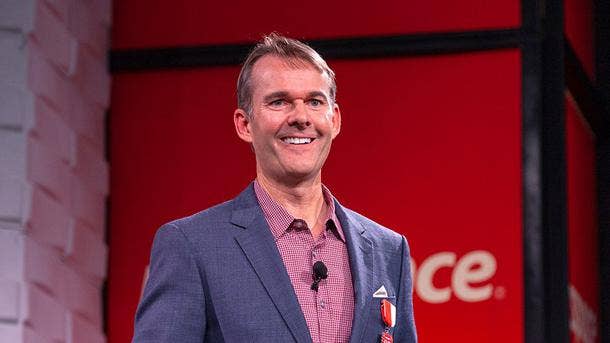
Rackspace
Kevin Jones, CEO
While the pioneering cloud provider has transitioned to a focus on managed services, it still offers its own public cloud and hosted private infrastructure with options for VMware, OpenStack and bare-metal environments. Rackspace is leveraging its partnerships with hyper-scalers to deliver hybrid solutions spanning its native cloud services and those leading IaaS providers.

Red Hat
Jim Whitehurst, CEO
Red Hat’s portfolio of open-source software, especially the Red Hat Enterprise Linux operating system, is ubiquitous in powering enterprise cloud environments. But its OpenShift Platform as a Service that delivers a Kubernetes-based application development environment is enabling synergies with parent IBM that stand to shake up the hybrid cloud market.

Scale Computing
Jeff Ready, CEO
The hyperconverged vendor is riding an investment from, and partnership with, Lenovo to offer its HC3 edge infrastructure software on a highly available hybrid platform. The offering aims to replace complex and expensive on-premises infrastructure with an offering optimized for environments in which application uptime is critical and IT resources are limited.

Skytap
Thor Culverhouse, CEO
Skytap specializes in moving complex enterprise environments quickly to the cloud. A close partner of IBM, AWS and Microsoft, it focuses on enabling migration of traditional applications to help enterprises preserve investments in legacy apps while shifting to a cloud-consumption model and leveraging capabilities like artificial intelligence and IoT.

VMware
Pat Gelsinger, CEO
VMware’s multi-cloud strategy is now in high gear. Still the dominant on-premises infrastructure software player with its vSphere platform, VMware and subsidiary Pivotal are building out Kubernetes capabilities that extend workloads into public environments. VMware Cloud on AWS and similar joint offerings with Microsoft and Google complete the hybrid picture.